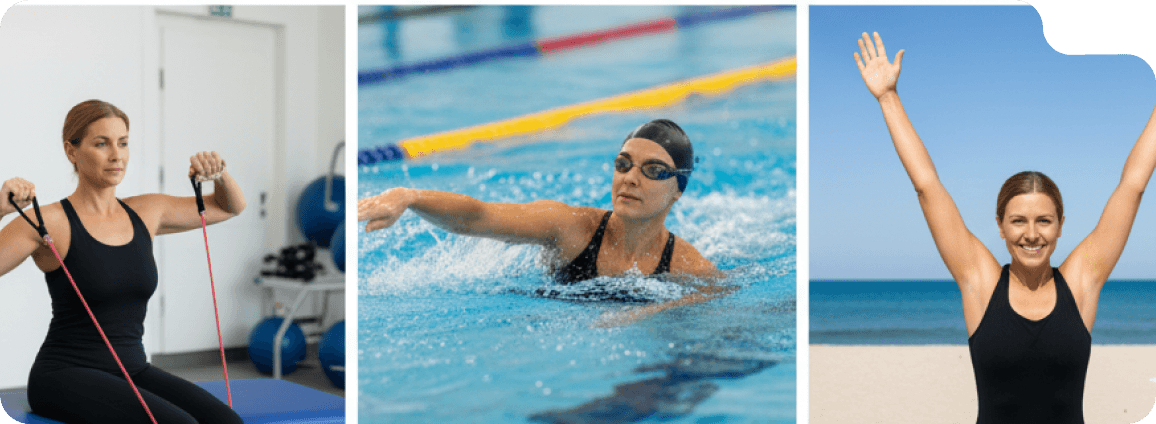What is Frozen Shoulder?
Frozen shoulder (adhesive capsulitis) is inflammation and shrinking of the capsule (connective tissue) that surrounds the shoulder joint, leading to pain and restriction of movement. This is often felt as moderate to severe pain or a constant dull ache when rotating or elevating the shoulder.
The capsule is like a plastic wrap that surrounds and supports the shoulder joint. With frozen shoulder, the affected area becomes inflamed and then shrinks, which restricts shoulder movement. Patients will often feel that their shoulder pain slowly increases, then decreases. Meanwhile, shoulder movement is said to be initially restrictive, but eases over time.
While frozen shoulder can be self-limiting, this condition will get better with time and therapy.








